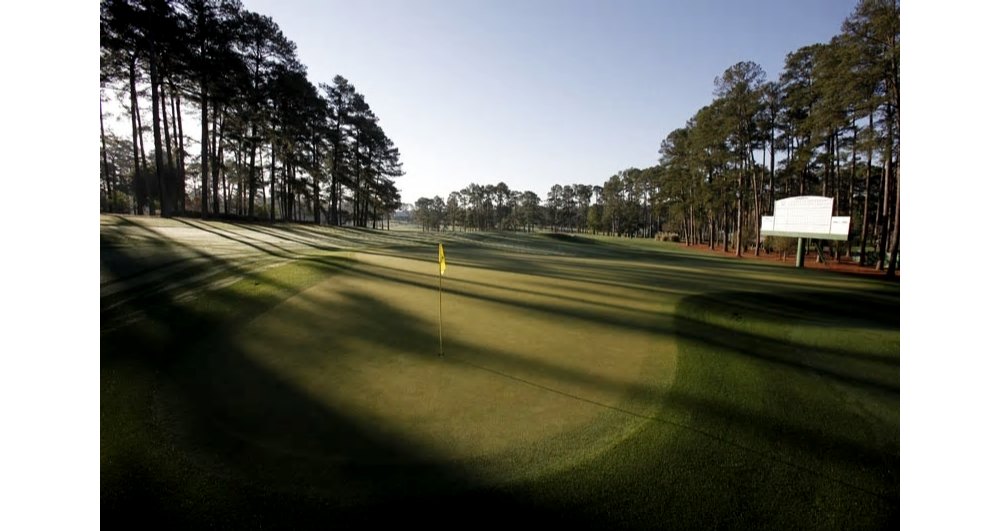Part 1
“As for the beauty, the course stands far superior to anything I have ever played.” — Byron Nelson, 1937#themasters pic.twitter.com/R0RUYxUBvz
— The Masters (@TheMasters) April 4, 2022
Estimated reading time: 15 minutes
Speaking of changes — or as former Masters Chairman Clifford Roberts was quick to retort as “improvements” — if you could implement one unilateral change what would you suggest be done and why?
COCKING: I’d love to see the center-line fairway bunker on the 11th hole returned. This was added just after the course opened and can be seen in an obscure aerial from the early 30s and in the 1932 as-built. It would have added a unique and interesting feature to the tee shot. A big wide expansive fairway but a center bunker right on top of the hill at driving distance.
The narrow section of fairway between the bunker and right trees would clearly have provided the best angle to the green, but I’m sure plenty would layup for fear of finishing in the sand. Left of course was an option, and perhaps if the fairway was a little wider on this side it would make the shot even more interesting, given the added difficulty of approaching from this side.
Whilst this concept was designed for the original tee position it would work equally well from its current location.
RTJ, Jr.: The very large greens were conceived intentionally with long, sweeping contours, inspired by the greens of the Old Course of St. Andrews. For today’s green speeds, perhaps some contours on holes with the 1st, 6th, and 14th, could be slightly softened.
PIZA: Equipment. I consider distance control from Masters tee is important if we wish to conserve master pieces like this one for future generations.
GEORGE: Raise the height of the rough to exact a penalty.
COSTELLO: I’ve been to the Masters multiple times since 1990 and recall my various observations over the years of the changes. It is so well executed that it is hard to discern the transformation, but eventually my internal GPS kicks in. For example, where you might have previously been able to view the action there now is a new stand of trees.
My recommended change would be to select a hole and remove some of the tree planting to reintroduce the former alternative lines of play. The 11th comes to mind. The pines trees added to the right side of the fairway cut the fairway width in half and removed not only one of the alternate angles into the green but removed one of the best vantage points. I remember standing above Ray Floyd during the 1990 sudden-death playoff with Nick Faldo. That line of play, opportunity to view his and Nick’s approach shot, and the sudden death drama no longer exists.
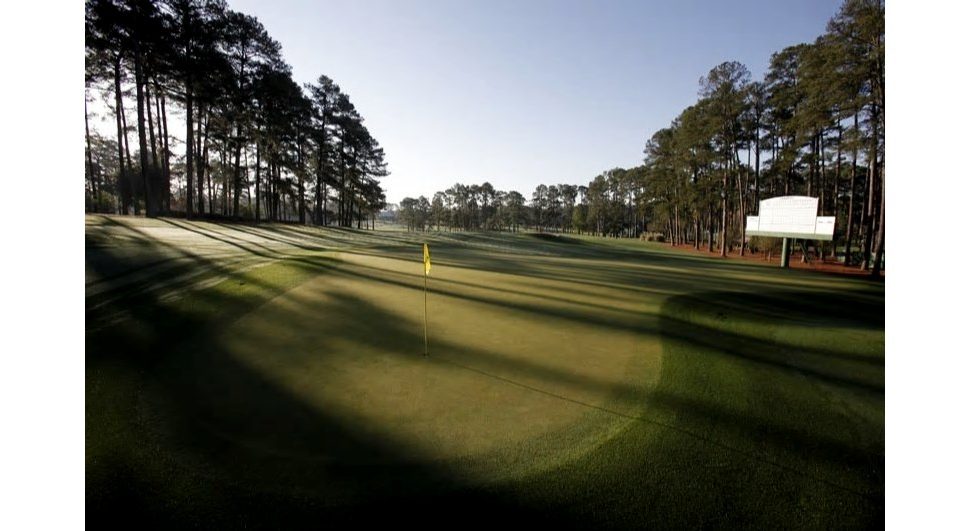
Green speeds play a major role at Augusta — is there ever a moment when such speeds get excessive and does the Masters set an example for other clubs in attempting to do likewise?
COSTELLO: I think Augusta is constantly attentive to the speeds of the greens and utilizes whatever state-of-the-art technologies, equipment, resources available to them to test the best golfers in the world. We can all find some common ground with a player’s frustration on the greens, but it likely has some connection to the preceding shot or shots and how well they were executed or not. I recall reading that Tiger Woods, prior to playing one of his first rounds at Augusta, was practicing putting on the basketball court at Stanford in an effort to reset his putting stroke and feel.
As one of the four majors, the Masters definitely influences other clubs on many levels including attempting to replicate faster speeds. However, there are so many factors that must be considered when looking to increasing speeds, such as, green contouring, type and time of play, staff, equipment, and budget, etc. I think most golfers would prefer a balance of speed with true smooth surfaces on a consistent basis over just speed alone.
RTJ, Jr.: The Tour players prefer pool table smoothness and almost all other clubs don’t have the infrastructure or budget to mimic Augusta National.
PIZA: I see Augusta National during Masters week like the Taj Majal of golf. Just an immaculate piece of property which a regular club should not try to emulate. Even though there will always be an aspirational factor when watching the Masters, every course at every level contributes to the sport we love and inspires others in their own way.
COCKING: The Masters does a remarkable job in being able to dial the conditions this way or that, and almost set a winning score to ensure an exciting finish. Firm, fast greens are an important part of the tournament and allied with the wide fairways, help ensure that angles and strategy are a critical part of playing the course.
There have been times when the green speeds in a tournament have gone beyond the edge of fairness, but I don’t ever recall a time where that’s happened at Augusta.
GEORGE: Green speeds at Augusta are excessive, but that is what you expect and that is the only defense of the golf course during the Masters. Members don’t play them at those speeds day-in and day-out.
Yes, it does influence some clubs negatively in assuming that is attainable and sustainable. Probably less than a handful of clubs can realistically attain that or survive that if they could.
Amen Corner is calling.
— The Masters (@TheMasters) April 5, 2022
It’s Tuesday at the 86th Masters Tournament. #themasters pic.twitter.com/wzXCsB9Vka
Most underrated and overrated holes are —
COCKING: On the overrated side I see the 7th and 9th as such. After all that has been written about Augusta, I’m not sure there are many underrated holes left, but my favorites that aren’t talked about quite so much include the 3rd, 6th and 14th.
PIZA: I really see the 10th as an underrated hole. During practice rounds it’s one of the most noble holes. Once the buzzer rings, its elevation change, and pitch dog leg left brings out the challenge. Strong mental hole.
Until Augusta National deciphers what to do with the 13th, I would have to place it as an overrated hole because recently it’s more about its weight in history and beauty than the actual strategy it was intended for.
I’m sure it plays fantastic from the members tee but would hesitate to believe the designer’s original intent was for the 13th to turn into one of the “easiest” holes in a round at the Masters.
GEORGE: Most underrated hole is the 5th. Was hard before the last time they lengthened it. Extremely difficult now. Watched 24 groups play through there two years ago on Friday round and saw just two birdies, nine pars, the rest bogies and others.
Most overrated hole — the 18th.
COSTELLO: In my opinion, the 14th hole is under-the-radar perhaps more for the television audience than the patrons or players. It is a bridge between the challenges of Amen Corner and the dramatic stretch of closing holes. Although there was once a long cross bunker short right of the fairway, it is now the only hole without a bunker on the entire golf course.
The hole strategy is heavily influenced by the contouring of the fairway with its camber left to right and the undulating green complex. Tee shots need to hug the left tree line or be shaped to hold onto the fairway. A great vantage point is behind the green to view the location of the approach shots relative to the flag position and watch balls feed towards the target or away from it.
RTJ, Jr.: All of the holes are a part of the symphonic composition of the whole course. No individual holes should be rated against the others.
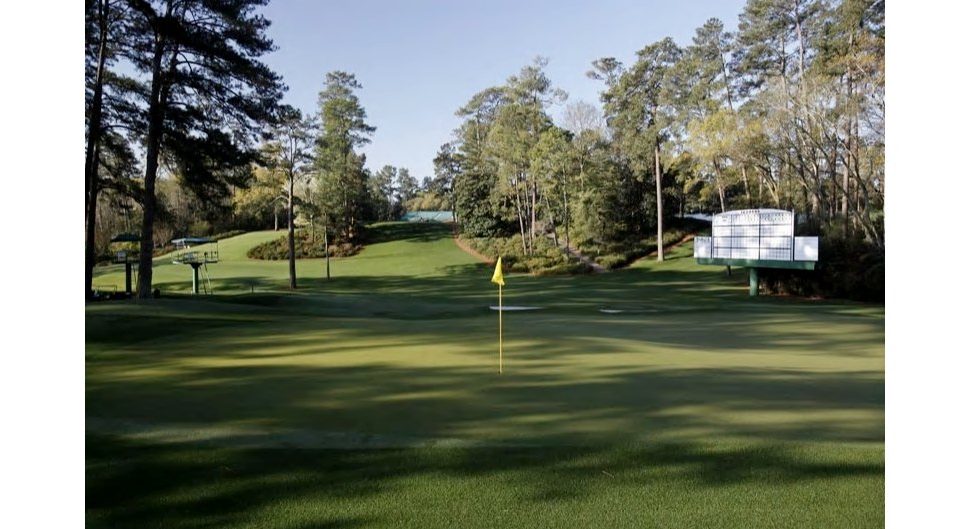
Do you ever see Augusta National going forward with a specific Masters golf ball to combat length and the resulting additional changes carried out on the golf course in the years ahead. Why or why not?
COSTELLO: In the near term, Augusta National has options and the resources to address the length issue. However, they do recognize that the increased hitting distances are not good for the game or the Masters for that matter. Augusta National is actually the perfect case study of the impacts due to the incremental distance increases since 1934 and the improvements that have been implemented to remain relevant.
While Augusta National could decide to do this with drivers and/or a Masters ball, I think it is more likely that they will look for future consensus among the governing bodies and industry stakeholders.
RTJ, Jr.: Yes – but with the USGA and R&A’s concurrence.
GEORGE: I think if any institution would ever try a distance control specific ball it would be Augusta National because they seem to be thought leaders in the industry and they control the tournament and the rules under which they want to play.
They have an invitational event which carries no obligation to any other governing body. I think if they deemed their tournament a “fair” venue with a single condition that everyone had to play the same ball, those who wanted to play would show up and play. They have done it in auto racing to determine who the best driver is by setting up identical race cars.
PIZA: I would love to see this out of curiosity. Although I’m also a believer of “letting it rip”, we should be looking to conserve golf’s finesse and the environment.
COCKING: I think they’re the best placed of anyone to introduce a tournament ball. Being a true invitational and not strictly a part of any of the tours, they can pretty much set the rules. They can invite who they want and as I understand it, could stipulate a particular ball to use. Post out a few dozen to each competitor at the start of the year so they can get used to how it plays and there you go.
Who is not going to play still? Winning the Masters isn’t about the money and I assume the players would quickly ensure there was a caveat in their contracts with the various ball companies that they could use something different come April.
Augusta National Golf Club from above. #themasters pic.twitter.com/Ebuy5fbUsQ
— The Masters (@TheMasters) April 5, 2022
How much of the reputation of Augusta National is tied to the Masters as opposed to if the club had no event held there each spring and the design was assessed simply on its own?
GEORGE: I am a huge fan of Augusta National and the Masters. There is no better event in golf! Period. There is a reason it is the hardest ticket to get in all of sports. It has earned that reputation over the years because of Bobby Jones and Clifford Roberts and Alistair MacKenzie and the members.
As a golf course design, it is one all architects have studied, questioned, dissected and challenged. It has its strengths and weaknesses as they all do. For me, it holds an unusual and special place in my heart. Some years back, Links Magazine published an article naming the “18 Greatest Design Collaborations in Golf History,” naturally Jones and MacKenzie were on the list. Jones being the Greatest Amateur player of his time and MacKenzie being the Army Officer who excelled in the art of camouflage.
One of the other duos listed were myself and Vinny Giles (Kinloch Golf Club) where they made the analogy that Giles was also one of the greatest Amateur players of his time and I was an Army Officer with a background in terrain analysis and camouflage, forever tying us to Jones, MacKenzie and Augusta National Golf Club.
PIZA: We would definitely talk about the great rationale behind the design but would be talking about Cypress Point and Pasatiempo in the same context. Which by the way, with the assistance of Marion Hollins, motivated Bobby Jones to hire Alister McKenzie.
RTJ,JR. Augusta National is a masterpiece of golf course architecture and dedicated maintenance. If it were a painting, it would be among other masterpieces in the Louvre in Paris or the Met in New York.
COCKING: I made my first visit to Augusta in 2012. I’d read everything I ever could about the history of the tournament, the formation of the club and the design of the holes, but really nothing prepared me for that first day when I got the chance to walk the course. I was in a state of awe.
The course was stunningly beautiful; it was wide and yet, surprisingly intimate; the green contours were incredibly complex; and the holes were strategic but they also looked fun to play. In mind it was one of the best 15 or 20 courses I’d seen… irrespective of the event that bought me there.
COSTELLO: Augusta National started out with the renowned Dr. Alister MacKenzie, the legendary amateur Bobby Jones and co-founder Clifford Roberts. This team and the land that they were working with provided an excellent opportunity to create what MacKenzie described as the “World’s Wonder Inland Golf Course” and what Jones labeled as his “Dream Course”.
If the course was simply assessed on the design alone, it would have been considered among the best in the world. However, the Masters tournament has, without a doubt, elevated the reputation of the course and the tour players from around the world that annually seek the reward of a green jacket.
***
The Participants
Brian Costello, ASGCA
Principal, JMP Golf Design Group
Belmont, California
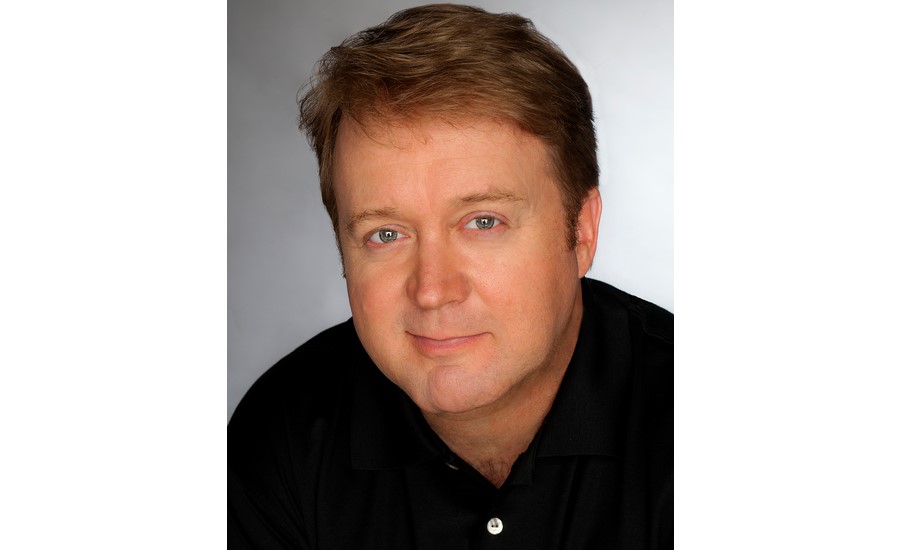
Brian Costello is in his 33rd year as a golf course architect based in California. He is a member of the American Society of Golf Course Architects having recently served a three-year term on the Board of Governors and a current officer on the Executive Committee. In 1989 Brian joined JMP Golf Design Group and became a Principal of the firm in 1994.
Costello has designed many award-winning golf courses in the US and internationally. His original design portfolio includes Whiskey Creek GC, Maryland; Callippe Preserve GC, California; and numerous courses in Asia that have hosted Asian and European Tour Events. His recent renovation work includes Palo Alto Hills G&CC and Skamania Lodge GC.
Robert Trent Jones, Jr.
Robert Trent Jones Golf Course Architects
Palo Alta, California
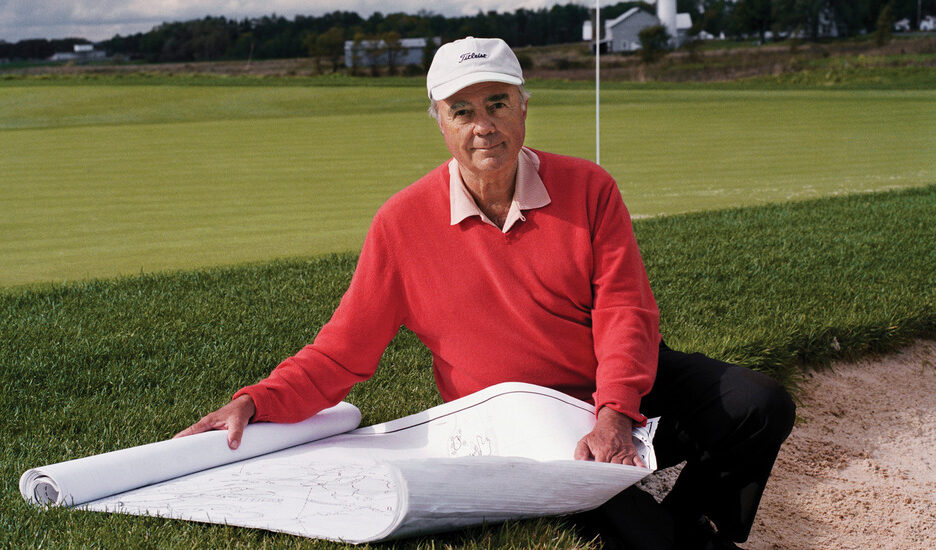
In a career spanning more than six decades, Robert Trent Jones, Jr. (Bobby) has designed more than 300 golf courses in over 40 countries on six continents. RTJ II courses have won countless awards and accolades, been ranked among the best layouts throughout the world, and hosted tournaments on every major golf tour.
The Trent Jones name has become a trademark—like a Rolex watch or Faberge jewelry: it guarantees a well-crafted golf experience set comfortably in its natural environment.
Mike Cocking
Director / OCM Golf
Sandringham, Australia
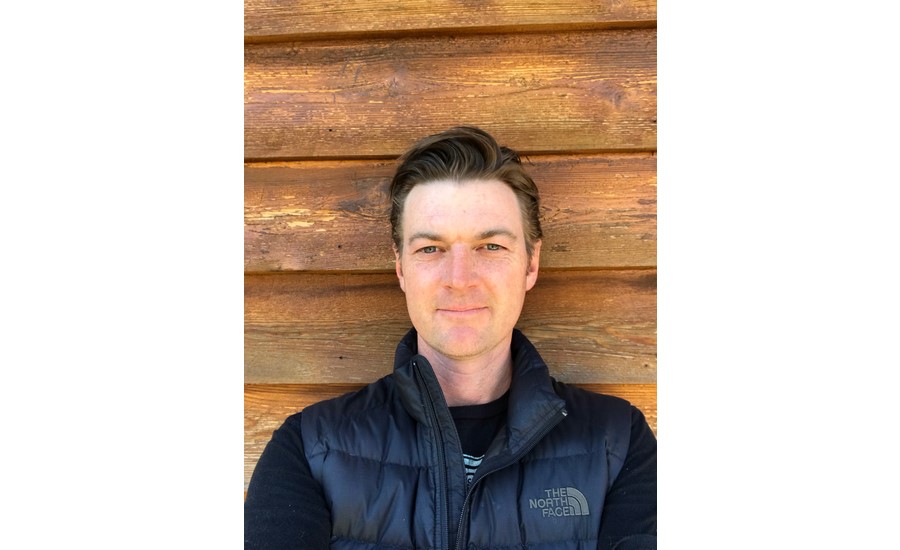
The golf bug took hold in my early teens, and I quickly developed an interest in all parts of the game; its history, the players and of course, design and the world’s great golf courses. After completing a degree in engineering and a brief stint playing at a high level, I pursued a career as a golf course architect.
When my home course was being renovated, I was lucky enough to get a part time job with the company who’d been awarded the work. Ashley (Mead) started at the same time with the same firm, which means we’ve now worked with each other as design partners for just over 20 years. In 2010 Geoff Ogilvy also joined us.
We are fortunate to work with many well-known clubs around Australia in the last decade we’ve become better known overseas – particularly in America. Our first commission at Shady Oaks Country Club (Fort Worth, Texas) was completed in 2019. Following the success at Shady, we were awarded the redesign of Course #3 at Medinah Country Club plus new projects in Minnesota and Georgia.
Agustin (Augie) Pizá
Founder / Piza Golf
Oceanside, California
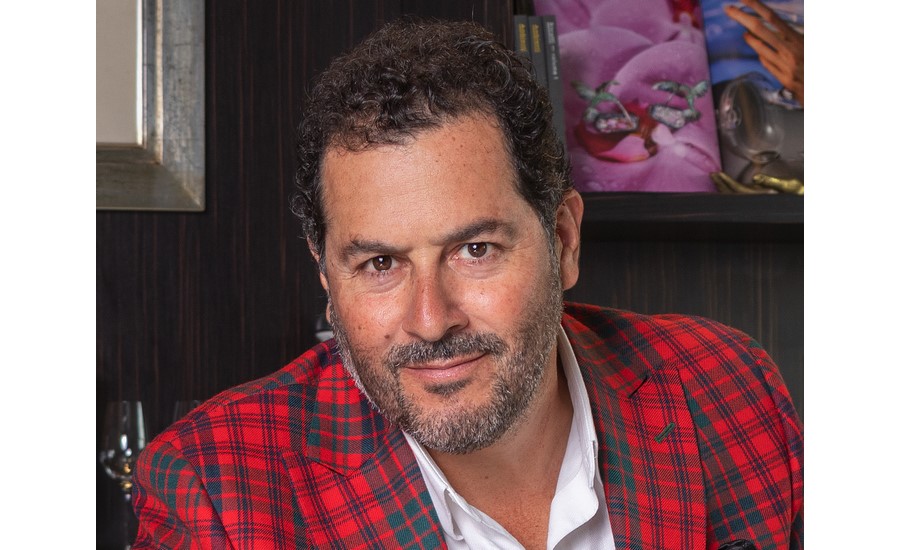
Award-winning architect Agustin Pizá earned a Bachelor of Architecture degree from ITESM and a Masters Degree in Golf Course Architecture from Edinburgh University in Scotland. He is a proud member of both the European Institute of Golf Course Architects (EIGCA) and the American Society of Golf Course Architects (ASGCA).
For 23 years, Pizá has worked on world class golf developments. His designs are known for delivering quality, aesthetic, and strategic golf courses. He and his design team have worked and have been involved in more than seventy projects on three continents.
Lester George
ASGCA
Richmond, Virginia
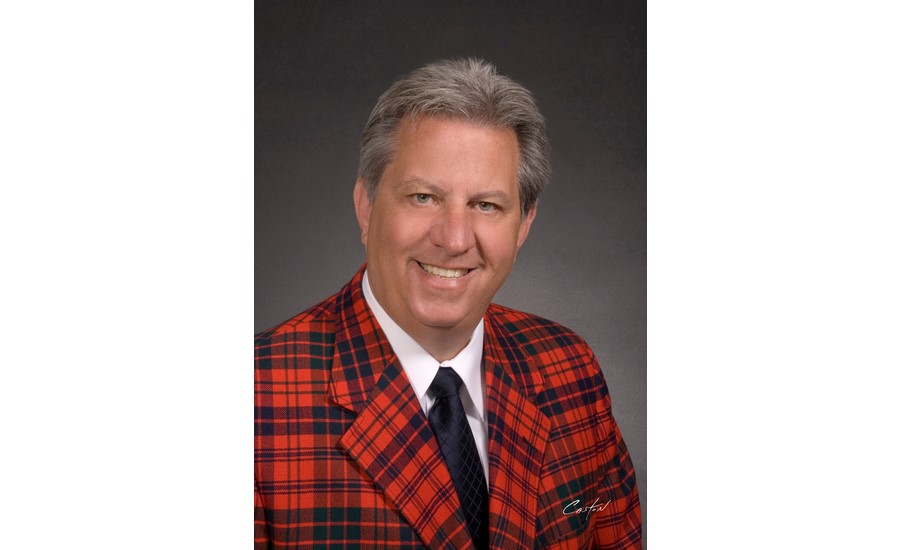
With more than 30 years of experience in the field of golf course architecture, Lester George is an industry leader in the design of new courses, practice facilities, and course renovation and restoration. A member, and past Board of Governors member, of the American Society of Golf Course Architects (ASGCA).
His creativity and problem solving have earned him a host of design excellence and environmental awards, including having designed the most highly-rated course in the history of Virginia. Lester prioritizes economic and environmental sustainability, and he has performed historic renovations/restorations at several of Americas most treasured golf courses.
